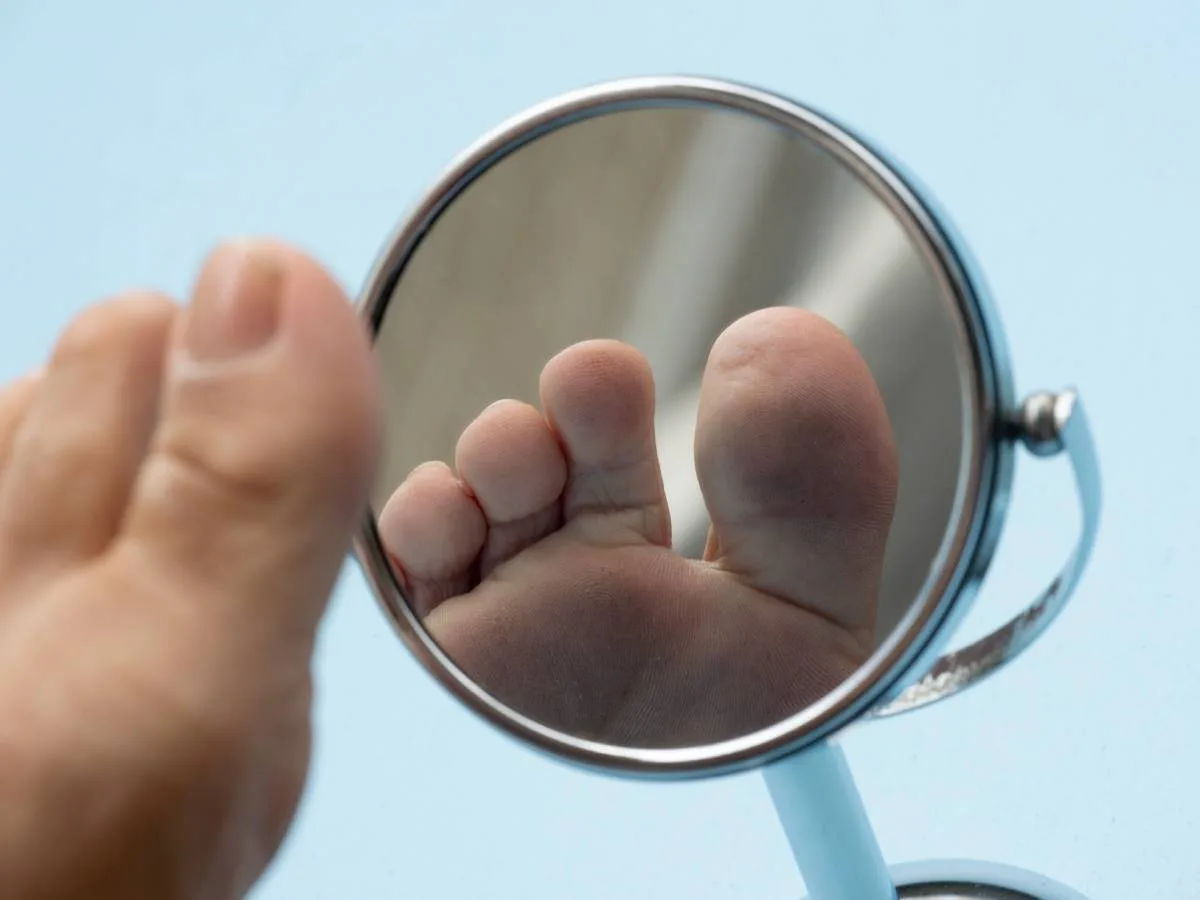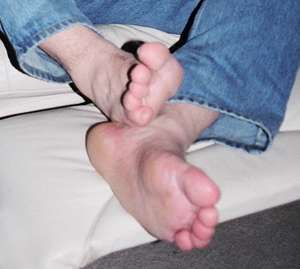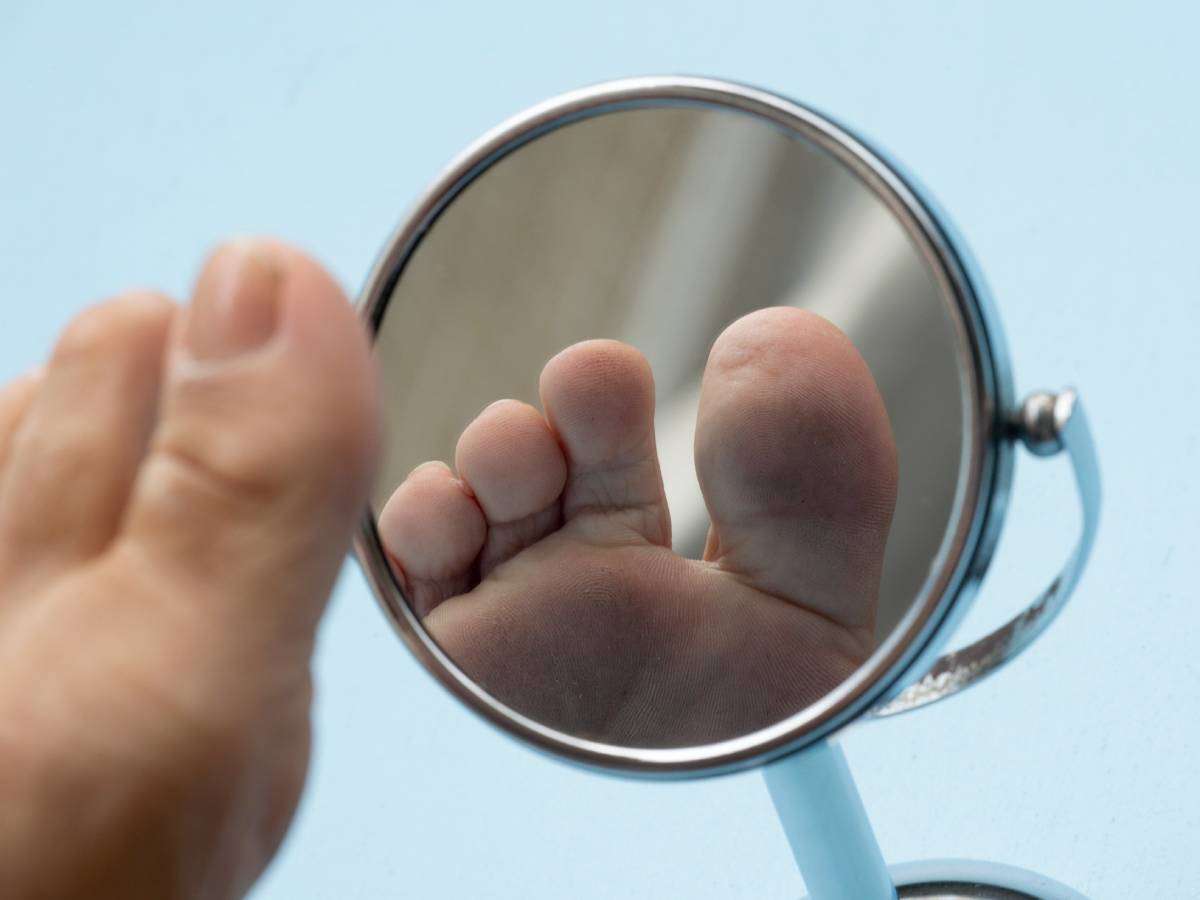Type 2 Diabetes Foot Care
People with Type 2 Diabetes are much more likely to develop foot problems than those without it.
Proper foot care — especially in elderly patients with Type 2 Diabetes — is very important.
Oftentimes, people who are less flexible or have a hard time caring for their feet may not notice sores and open wounds, which heal very slowly.

Diabetes And Your Feet
Type 2 Diabetes patients are prone to foot problems — because blood vessels and nerves become damaged.
Decreased blood flow to extremities and compromised nerve function can easily cause an injury to the foot to go unnoticed until an infection sets in.
The death of skin (and other tissue) can occur. And, if it’s not caught in time, a once treatable foot issue can require the amputation of the affected foot.
My Own Diabetic Foot Care Tips
These tips should be followed daily to maintain proper foot care:

If you have Type 2 Diabetes, you should wash and dry your feet carefully.
Washing your feet daily with a mild soap should be a daily habit. If you’re in poor health, at least soak your feet daily in lukewarm water. Over-the-counter foot soaks are available and can be used, if desired.
Dry your feet carefully with a soft, clean towel. Your feet should be dried thoroughly before socks or shoes are worn.
Lukewarm water is recommended for washing and soaking your feet. Although it may feel more soothing, hot water is harder on the skin than warm water. Cold water actually decreases blood flow, and therefore is not recommended when you have Type 2 Diabetes.
Lotions or petroleum jelly should be used daily to soften foot skin and reduce cracks.
If you have corns or calluses, consult a podiatrist to have them treated.
Keep your toenails trimmed neatly — to avoid ingrown toenails and nail irritation.
Here are a few more tips for those with Type 2 Diabetes from the American College of Foot and Ankle Surgeons.
In this video, a doctor explains diabetic foot complications and how to prevent them:
If you have Type 2 Diabetes and are not able to properly care for your feet, you might consider enlisting the help of a health care provider to assist you with your care.



